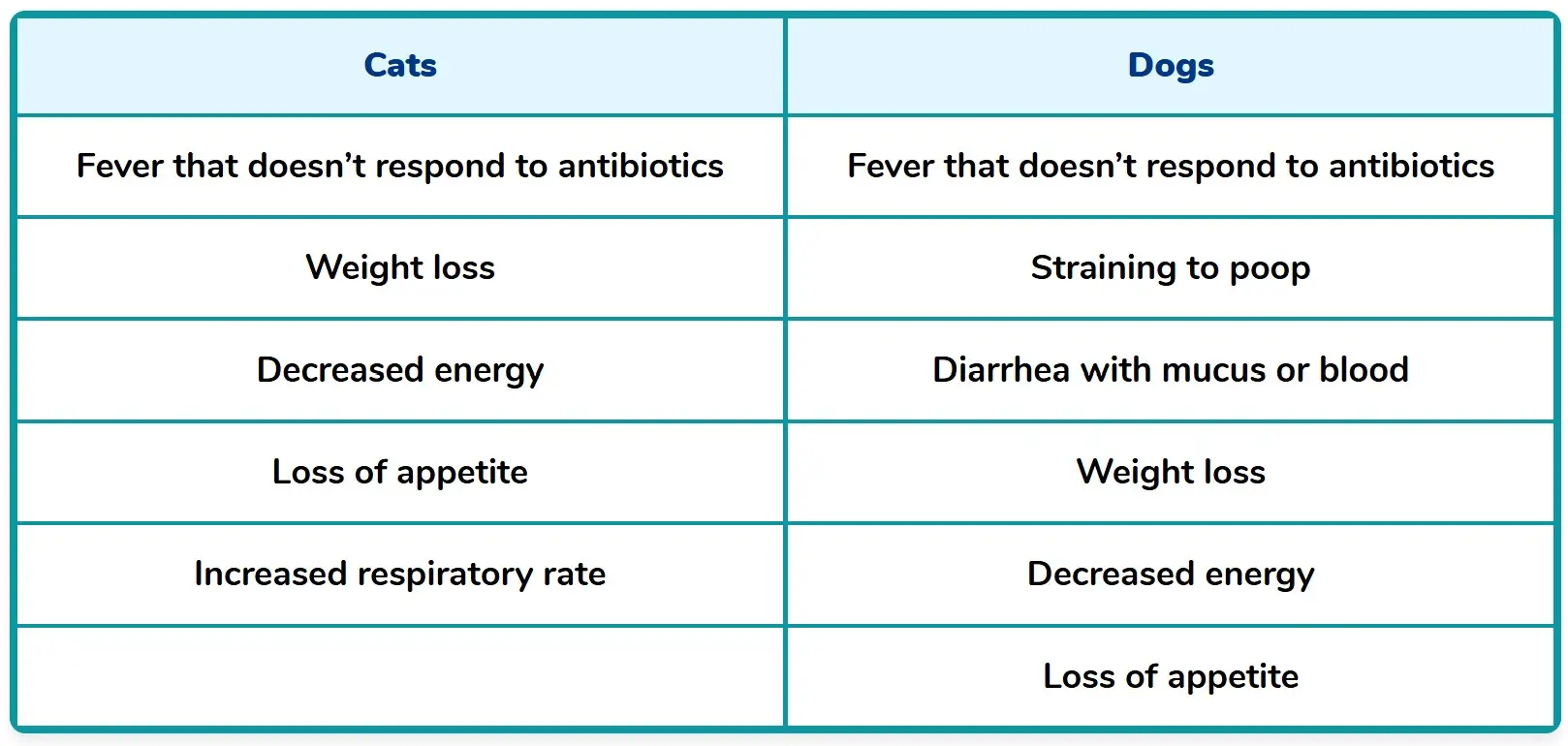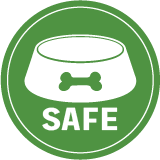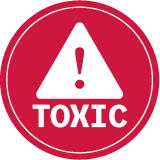Is Your Pet Quietly Battling This Serious Health Issue?
Sadly, only around 70% of dogs and cats who develop this infection survive, even with proper long-term treatment, so early detection is necessary. Here's what you should do to protect your pet.

STORY AT-A-GLANCE
- Histoplasmosis is a fatal fungal infection caused by Histoplasma capsulatum, which thrives in soil contaminated by bird and bat feces, particularly in the Ohio and Mississippi River valleys
- The fungus exists in mold and yeast forms. When inhaled, spores transform into yeast inside the body, affecting the lungs and spreading to other organs
- Common symptoms in pets include fever (unresponsive to antibiotics), weight loss, decreased energy, loss of appetite, and respiratory issues. The symptoms can vary depending on the affected organs
- Diagnosis requires tissue or fluid sample testing, and treatment involves long-term antifungal medications like fluconazole or itraconazole, typically lasting up to six months with regular retesting
- Only about 70% of pets survive to six months even with proper treatment, making early detection crucial, especially if visiting areas where the fungus is endemic
Is your dog or cat losing weight and showing signs of not having any appetite? Do they have a fever and appear to have difficulty breathing or coughing?
If you notice these signs, don’t hesitate to take them to the vet for a checkup. While it could be a simple illness, there’s also a chance that it’s a severe fungal infection called histoplasmosis and, if not treated promptly, could be life-threatening. This article will discuss facts about histoplasmosis to guide pet parents in recognizing this disease.
What Causes Histoplasmosis and How Does It Spread?
Histoplasmosis is a disease brought on by a fungus called Histoplasma capsulatum. It usually thrives in soil and dust infected by bird and bat feces. This fungus occurs worldwide, but it is endemic in certain areas, including the Ohio and Mississippi River valleys and Central America in the U.S.1 Histoplasmosis can infect dogs, cats, and, in rare cases, humans.
The Histoplasma capsulatum has two forms — the mold (mycelial form) and the yeast. The mold forms spores; when inhaled, they can transform into yeast inside the body,2 leading to lung disease.
The yeast can also transfer to other organs in the body, including the liver, spleen, bone marrow, eyes, GI tract, bones, skin, lymph nodes, and central nervous system. Ingestion is another way the fungus makes its way into the body.3
Histoplasmosis usually infects young and middle-aged dogs, although it can affect dogs of any age. According to the American Kennel Club Canine Health Foundation:
“Once within the dog’s lungs, the mold form transforms into the yeast form and thickened inflammatory (granulomatous) lung lesions containing pus can result. The fungus can also circulate in the dog’s blood, moving to other organs or tissues and causing disease in these locations.”4
Dogs usually acquire the infection when they come into contact contaminated soil, which is why hunting and sporting dogs like hound and terrier breeds5 have a higher risk. As for cats, exposure to other animals like poultry and going to outbuildings are risk factors.6 However, reports say that one-third of cats with histoplasmosis are strictly indoor, which means the fungus can also be found in some homes.7
Symptoms of Histoplasmosis in Cats and Dogs
The indicators of histoplasmosis in dogs and cats can vary, depending on the organs affected. Common initial symptoms include:8,9,10

When the infection worsens or spreads to other organs, these other symptoms may appear:
- Coughing
- Difficulty breathing
- Jaundice
- Swollen lymph nodes
- Nasal discharge
- Swollen joints
- Skin lesions
Unfortunately, due to the wide range of symptoms that this disease can cause, it’s often mistaken for other bacterial infections with similar signs, leading to delayed treatment. If not diagnosed early, this illness can prove to be fatal.
Diagnosis and Treatment
Diagnosing histoplasmosis can be challenging, and tests are required to detect the fungus in your pets’ tissue or fluid samples. There’s also a test that only requires a urine sample to identify histoplasmosis.11
Once your pet is confirmed to have this illness, treatment must be administered immediately. Veterinarians prescribe antifungal medications like fluconazole or itraconazole, which must be taken consistently. In most cases, treatment lasts long term and can take up to six months.
Your vet will retest your pet, and if the results are negative and your pet shows no symptoms, they will ask you to return for another test. Only once the second test is negative will you stop giving medications. This confirms the infection is fully cleared and reduces the risk of a relapse. Retest fully healed pets three to six months later to ensure the infection has not returned.
If a relapse occurs, the vet will treat your pet with antifungal medications again and repeat the retesting process. Unfortunately, only around 70% of pets survive to six months, even if they are treated appropriately and are healthy and young. This is why awareness of this illness is crucial, especially if you visit an area where the fungus is endemic.
How to Protect Your Pets from Histoplasmosis
Because no vaccine protects against this fungal infection, the best way to keep your pet safe is to stay vigilant during outdoor activities. The fungus grows in river valleys like the Mississippi, Missouri, and Ohio in the U.S. It thrives in Canada along the southern Great Lakes, Albert, and the St. Lawrence River.12 If you’ve recently visited any of these areas and your pet starts showing symptoms, bring them to the vet immediately to be tested.
If you have multiple pets at home and one has been diagnosed with histoplasmosis, it’s also best to test the other pets. While this is not contagious, there could be a possibility that the fungus is in your home, too. Early detection and treatment are essential to help your pet overcome this disease.
Sources and References
- 1,4,6,9 AKC Canine Health Foundation, Histoplasmosis Information for Dog Owners
- 2 Clinical Techniques in Small Animal Practice, Volume 20, Issue 4, November 2005, Pages 227-232
- 3,5 Journal of the American Veterinary Medical Association, 15 Jan 2018, Volume 252: Issue 2
- 7,10,11 Oklahoma State University, August 1, 2019
- 8 PetMD, October 20, 2021
- 12 VCA Animal Hospitals, Histoplasmosis in Cats










